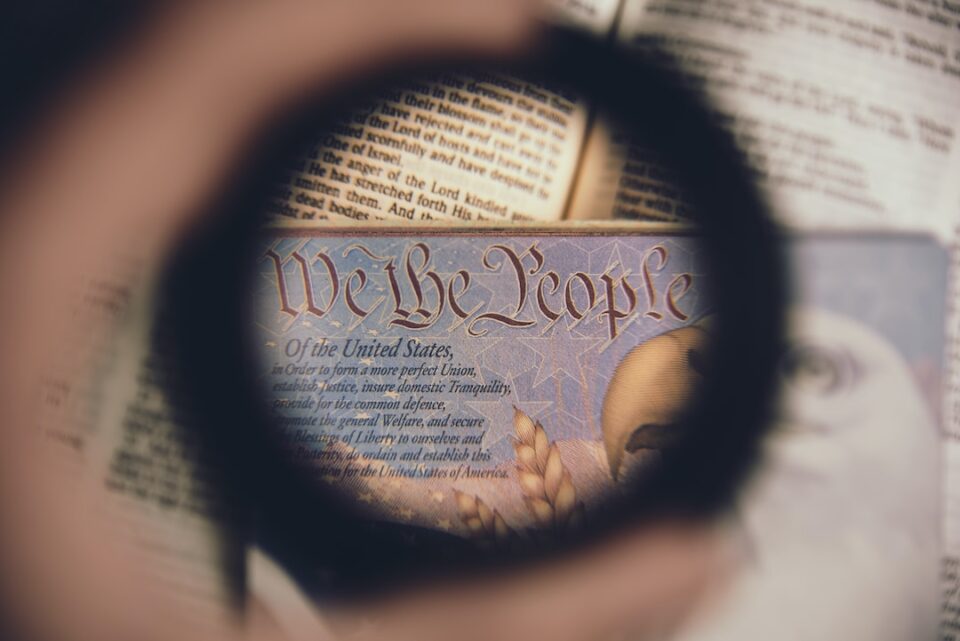The Role of Intellectual Property Law in Protecting Creative Works
In today’s digital age, where access to information and creative content is abundant, the role of intellectual property law in protecting creative works has become more crucial than ever. Intellectual property refers to intangible assets that are created through the human intellect, such as inventions, designs, literary and artistic works, and trademarks. These creations are protected by various forms of intellectual property rights, providing creators with exclusive rights to their work and incentivizing innovation and creativity.
One of the primary functions of intellectual property law is to promote and incentivize creativity and innovation. By providing creators with exclusive rights to their works, intellectual property law encourages individuals to invest their time, money, and effort into the creation of new and original creations. This ensures that inventors, artists, and authors can reap the rewards of their hard work by having control over the commercial exploitation of their creations.
Copyright law is a fundamental aspect of intellectual property law that protects literary and artistic works, such as books, music, films, and paintings. By granting authors exclusive rights to reproduce, distribute, and publicly display their works, copyright law ensures that creators have control over the use and dissemination of their creative expressions. This protection enables artists and authors to monetize their works, whether through selling copies or licensing them for various uses, such as film adaptations or commercial merchandise.
Patent law plays a critical role in protecting inventions and technological advancements. By granting inventors exclusive rights to their inventions for a limited period, patent law encourages inventors to disclose their innovations to the public. This disclosure fosters further innovation and technological progress by allowing others to build upon existing knowledge and invent new solutions. Patents also serve as a form of currency, as inventors can license or sell their patents to generate revenue and attract investment for further research and development.
Trademarks are another valuable form of intellectual property that protects brands and logos. Trademark law enables businesses to distinguish their goods or services from those of others, building brand recognition and consumer loyalty. Registering and protecting trademarks ensures that competitors cannot use similar marks or trade on the valuable reputation and goodwill that a brand has established. This protection safeguards businesses from losing market share to imitators, protecting their investments in marketing and advertising.
Intellectual property rights also play a crucial role in fostering economic growth and development. By providing creators and innovators with exclusive rights, intellectual property law stimulates the creation of new jobs and industries. Incentivized by the potential economic benefits, individuals and companies are encouraged to invest in research and development, technological advancements, and creativity. This investment not only leads to the creation of new products and services but also drives economic growth, generating employment opportunities and increasing overall productivity.
However, intellectual property law is not without its criticisms and challenges. Some argue that it hinders innovation and restricts access to knowledge and creative content. They claim that by granting exclusive rights to creators, intellectual property law restricts others from building upon existing works and stifles the free flow of ideas. Additionally, the enforcement of intellectual property rights can be challenging, particularly in the digital realm, where piracy and copyright infringement have become prevalent. Striking a balance between protecting creators’ rights and promoting public access to knowledge continues to be a significant challenge for intellectual property law.
In conclusion, the role of intellectual property law in protecting creative works is essential for promoting and incentivizing innovation and creativity. By providing creators with exclusive rights to their works, intellectual property law encourages investment in research and development, drives economic growth, and fosters cultural and artistic endeavors. While challenges exist, finding a balance between protecting creators’ rights and promoting public access to knowledge is crucial for the continued development of innovative industries and the overall advancement of societies.

